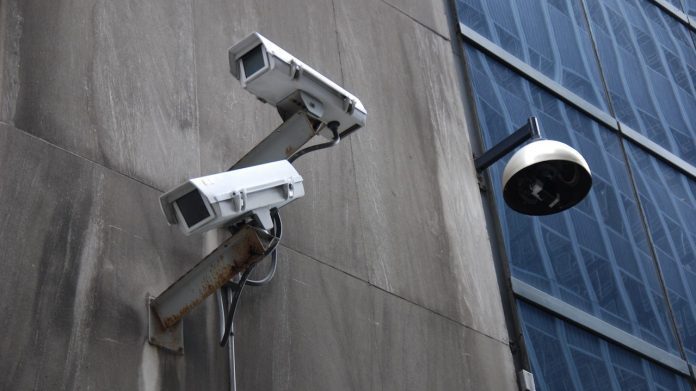Visual surveillance, public transport, and street lighting will command nearly one quarter of spending by smart cities this year, according to new figures from research house IDC.
The Asia-Pacific region, including China and Japan, will account for 42 per cent of spending in 2018, followed by the Americas and the Europe, Middle East and Africa (EMEA) region, accounting for a third (33 per cent) and a quarter (25 per cent) respectively.
The US is currently the largest country market for smart city spending (over $23 billion in 2018), followed by China. Singapore, Tokyo, New York City, London, and Shanghai top the 2018 smart-city spending charts; each feature variously in a new McKinsey report on the top 10 smart cities, ranked by their infrastructure and potential, and by applications and activity.
By 2022, however, global spending on smart city technologies will reach $158 billion, up 95 per cent from $81 billion in 2018, and solutions for intelligent traffic management will usurp street lighting as the third most purchased technology by value in the next five years.
The top three use cases will account for one fifth of total spending, down from a quarter, as smaller and fast-growing use cases emerge and reach critical mass. Wearables for police officers and vehicle to everything (V2X) connectivity will generate the fastest growth, although they start from a small base in most regions, the report says.
The three largest use cases appear among the top five in terms of spending across all regions. Other use cases that emerge include mobile video capture and recording in the US and Latin America, and digital permitting, licensing, and inspection in the Middle East and Africa region.
Serena Da Rold, programme manager at IDC, said: “Intelligent transportation and data-driven public safety remain the largest investment areas, but we are also finding significant pockets of spending and growth in back-office and platform-related use cases, which are less often publicised but increasingly happening behind the scenes in cities around the world.”
The IDC spending guide delivers “detailed sizing” of 25 named use cases, as well as the first release of a new database of spending at city level, said IDC. Spending by the 53 Cities that are currently sized in IDC’s database accounts for around 15 per cent of global smart city spending.
IDC said it expects strong, continued investment by the private and public sector in urban areas. The competitiveness of the market market means solution suppliers should take a data-driven approach to developing products and services, and understanding buyer trends, it said.

